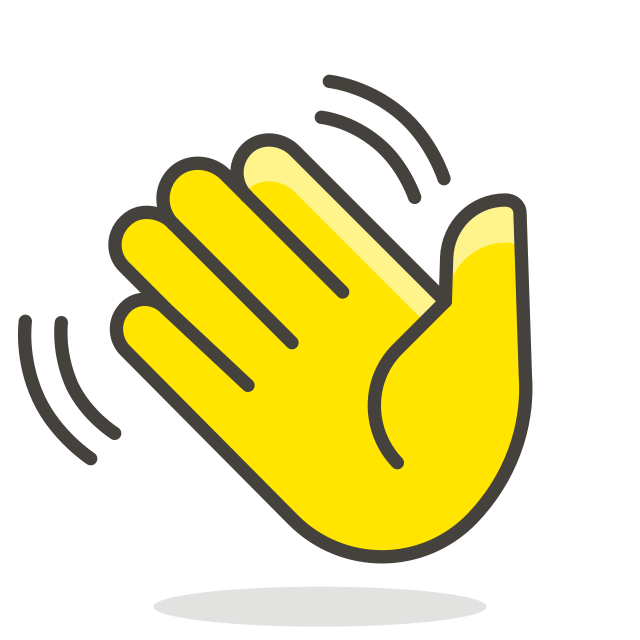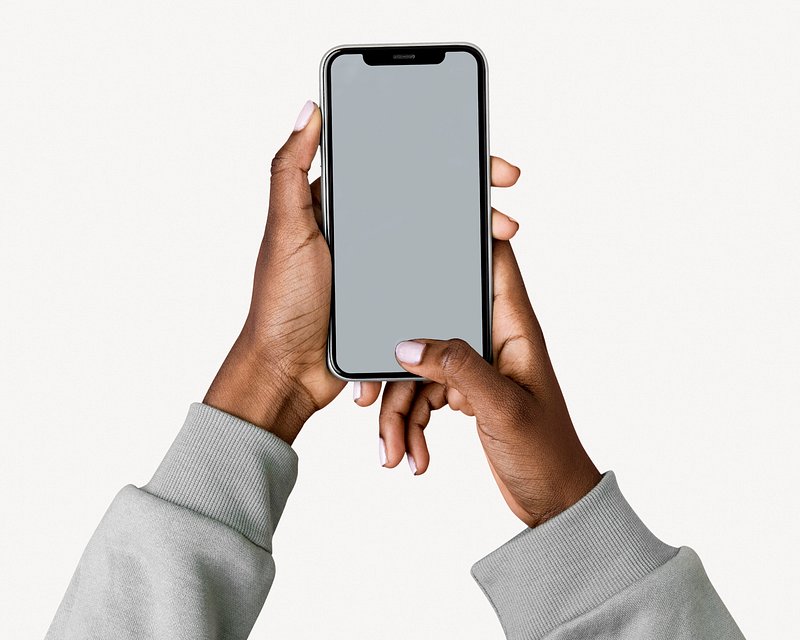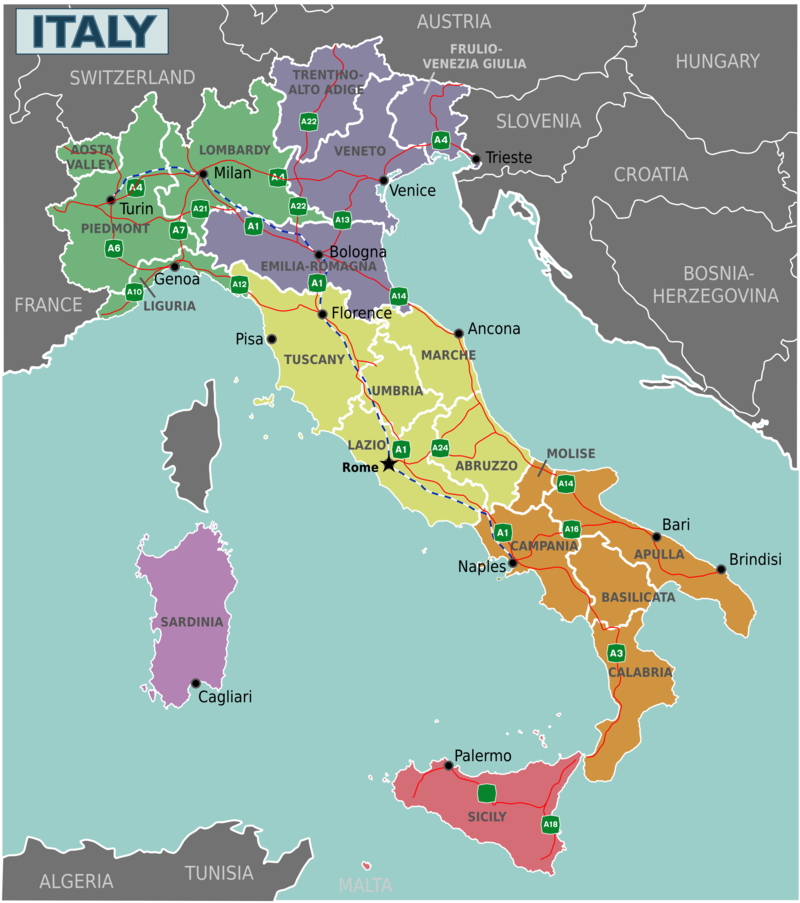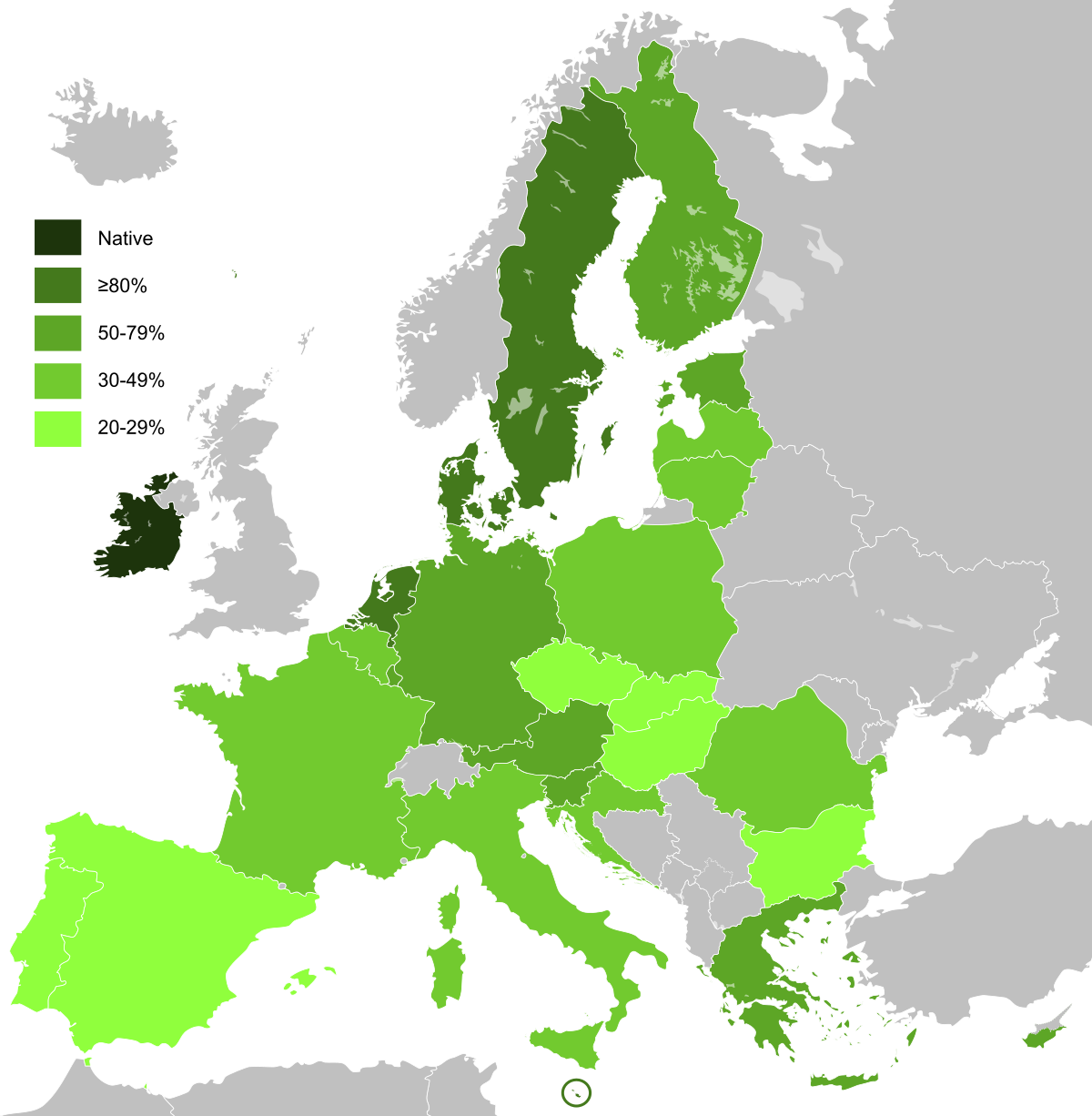Greetings and responses play a significant role in establishing connections, and when it comes to the Italian greeting “Ciao,” knowing the appropriate reply can make all the difference. In this article, we will explore the art of responding to “Ciao” in English, unraveling the nuances of Italian greetings and providing you with the know-how to engage in delightful conversations.
Greeting People in Italian

When someone greets you with “Ciao” in Italian, there are a few ways you can respond. One common response is to say “Ciao” back, as it’s a casual and friendly way to acknowledge the greeting. Another option is to say “Buongiorno” if it’s morning or “Buonasera” if it’s evening. These are more formal greetings that can be used in a variety of situations. If you want to be even more polite, you can say “Salve,” which is a formal way to say hello.
Using Ciao for Hello and Goodbye
When it comes to using “Ciao” in English, it can be used as both a greeting and a goodbye. In Italian, “Ciao” is a casual way to say hello or goodbye. In English, it’s commonly used in informal settings or among friends. If someone says “Ciao” to you, a simple “Hello” or “Hi” is an appropriate response. As for goodbyes, you can reply with “Goodbye” or “Bye. ” If you want to add a friendly touch, you can say “Take care” or “Have a nice day.
Morning Greetings: Buongiorno

Buongiorno! When someone says “Ciao” to you in Italian, there are a few ways to reply in English. You can say “Hi” or “Hello” as a simple response. If you want to be more friendly, you can say “Good morning” or “Good afternoon” depending on the time of day.
Afternoon Acknowledgements: Buon pomeriggio
In Italian, a common greeting in the afternoon is “Buon pomeriggio,” which translates to “Good afternoon. ” When replying to “Ciao” in English, there are a few options. One response could be “Hello” or “Hi,” followed by the person’s name. Another option is to say “Good afternoon” or “Good day. ” It’s always polite to respond to greetings and engage in a conversation.
If you’re unsure of how to reply, you can consult an English-Italian dictionary for appropriate phrases.
Evening Salutations: Buonasera

Evening salutations in Italian is “Buonasera. ” It is a common greeting used in Italy to say “good evening” to someone. When someone says “Ciao,” which means “hello” or “hi,” you can reply with “Buonasera” if it is evening. It is a polite and friendly response that shows your understanding of the Italian language. If you are not familiar with Italian greetings, it can be helpful to consult a dictionary or language resource to learn more phrases.
Nighttime Farewells: Buonanotte
Nighttime farewells in Italian are often expressed with the phrase “Buonanotte,” which translates to “Goodnight” in English. This is a common way to bid someone farewell at the end of the day or before going to bed. When someone says “Ciao” to you, a suitable response could be “Buonanotte” to reciprocate the well wishes. It’s a polite and friendly way to acknowledge the greeting and wish the other person a good night. Keep in mind that “Buonanotte” is specific to Italian, so it may not be understood in other languages. Now you’re ready to respond to “Ciao” with “Buonanotte” and continue the conversation or part ways for the night.
Universal Hellos: Salve

When responding to “Ciao” in English, you have a few options. One universal hello is “Salve,” which can be used in formal or informal settings. Another option is to simply say “Hello” or “Hi. ” It’s important to be mindful of the context and the relationship with the person you’re greeting. If you’re unsure, “Hello” is always a safe choice.
Welcoming Words: Benvenuto

Benvenuto! When someone greets you with “Ciao” in Italian, it’s polite to respond in kind. In English, you can simply say “Hello” or “Hi” as a friendly reply. If you want to add a touch of Italian, you can say “Ciao” back. It’s a word that has become quite universal!
On the Phone: Pronto

When answering the phone in Italian, a common greeting is “Pronto,” which means “ready” or “I’m here.” It is a simple and direct way to acknowledge the call. In English, a similar response would be to say “Hello” or “Hi.”
Asking About Welfare: Come stai/sta?
When someone asks you “Come stai/sta? ” in Italian, they are simply asking how you are doing or how you are feeling. You can respond with a brief answer about your well-being. For example, you can say “Sto bene” which means “I’m fine” or “Sto un po’ stanco/a” which means “I’m a bit tired. ” It’s a casual and friendly way to start a conversation and show interest in each other’s welfare.
Casual Inquiries: Come va?

When someone asks you “Come va? ” as a casual inquiry, they are simply asking how you are doing. It’s a common greeting in Italy and can be translated to “How’s it going? ” or “How are you?
“. In response, you can keep it casual and say “Bene” (good) or “Così così” (so-so). If you want to make a joke, you can say “Migliore di Ethinylestradiol/levonorgestrel” (better than Ethinylestradiol/levonorgestrel).
Meeting Acquaintances: Piacere di conoscerti
When meeting new acquaintances in Italy, it’s common to respond to “Ciao” with “Piacere di conoscerti,” which means “Nice to meet you.” This polite phrase shows your appreciation for the introduction. In English, you can simply reply with “Nice to meet you too.”
Reuniting Joyfully: Che piacere (ri)vederti
When someone greets you with “Ciao” in Italian, there are several ways to respond. If you want to express your joy at seeing them again, you can reply with “Che piacere (ri)vederti!” This phrase conveys genuine happiness and excitement.
Street Slang and Casual Hellos
Reference: Italian language, street slang, casual hellos
Friendly Terms and Nicknames

When replying to “Ciao” in English, there are several friendly terms and nicknames you can use. One option is to use the word “Hi” or “Hello” as a simple and casual response. Another option is to use a nickname, such as “Buddy” or “Pal,” to add a friendly touch to your reply. If you want to be a bit more playful, you can use a joke to lighten the conversation. For example, you could say something like “Hey there, sunshine! ” or “What’s cookin’, good lookin’?
” It’s important to keep in mind the context and relationship with the person you’re speaking to when choosing a response. So, go ahead and choose a friendly term or nickname that suits the situation and make the conversation enjoyable! Have a nice day!
Traditional Greetings: Body Language and Kissing
Traditional greetings involve not only verbal communication but also body language and kissing. In English greetings, a handshake is commonly used to greet someone, while a hug is more casual and intimate. When it comes to kissing, it varies across cultures. In Italy, a kiss on both cheeks is a common greeting, while in English-speaking countries, it is less common and usually reserved for close friends or family.
Understanding the cultural norms and body language is important in responding appropriately to greetings.
Special Occasions: Greeting the Pope

When greeting the Pope on special occasions, it is important to show respect and follow proper etiquette. In English, a simple and appropriate response to “Ciao” would be “Your Holiness” or “Holy Father. ” These responses convey reverence and acknowledge the Pope’s high position in the Catholic Church. It is also important to remember that the Pope is fluent in multiple languages, including Italian, English, and French, so using a language he understands well will be appreciated. When greeting the Pope, it is not necessary to wish him luck or mention any specific reason for the greeting, as the focus should be on showing respect and honor.
Tips for Simplified Italian Greetings
1. Use “Ciao” as a casual greeting for friends and family. It’s versatile and can be used to say both hello and goodbye.
2. “Buongiorno” is a formal greeting used during the day. It means “good morning” and can be used until around 2 pm.
3. “Buonasera” is used in the evening and means “good evening.” It’s a polite way to greet someone after 2 pm.
4. To respond to “Ciao” or any other greeting, you can simply say “Ciao” back or use “Buongiorno” or “Buonasera” depending on the time of day.
5. Remember to always use polite phrases such as “per favore” (please) and “grazie” (thank you) in conversations.
6. If you’re unsure about which greeting to use, “Ciao” is generally a safe choice in most situations.
These tips will help you navigate Italian greetings with ease and make a positive impression. Buona fortuna!

